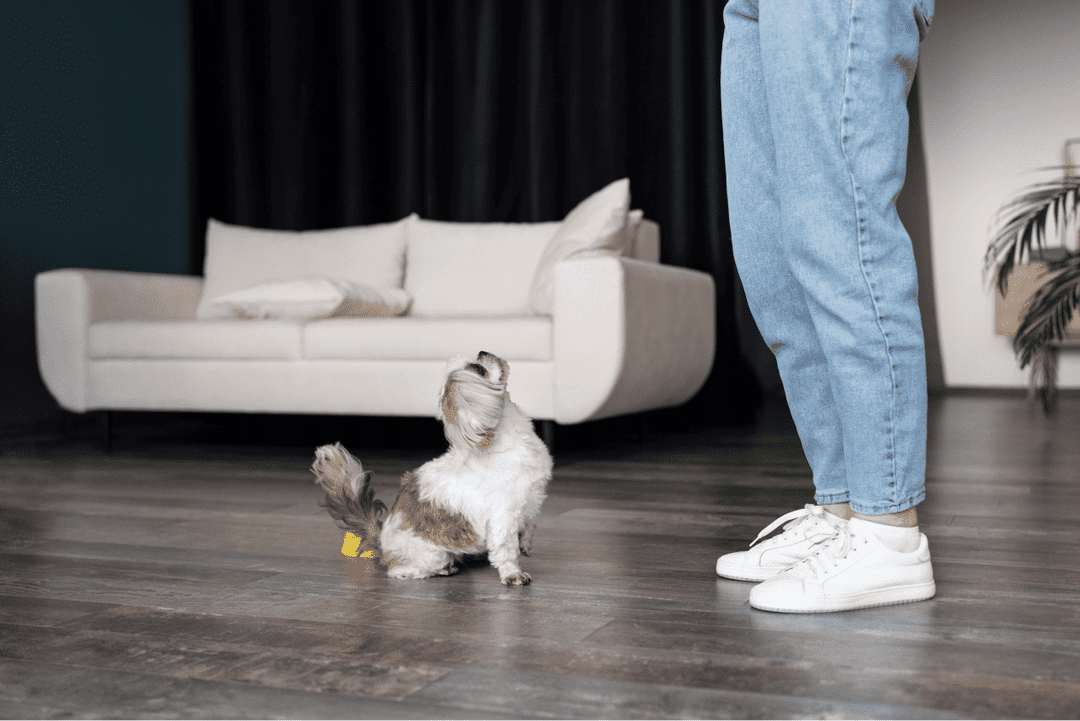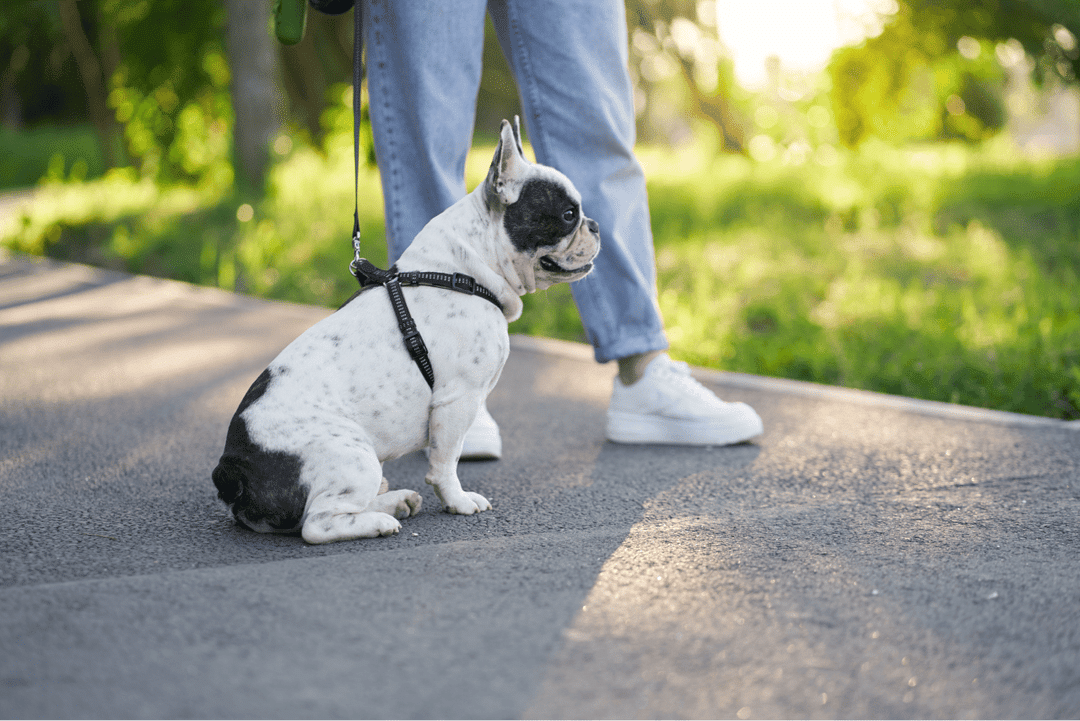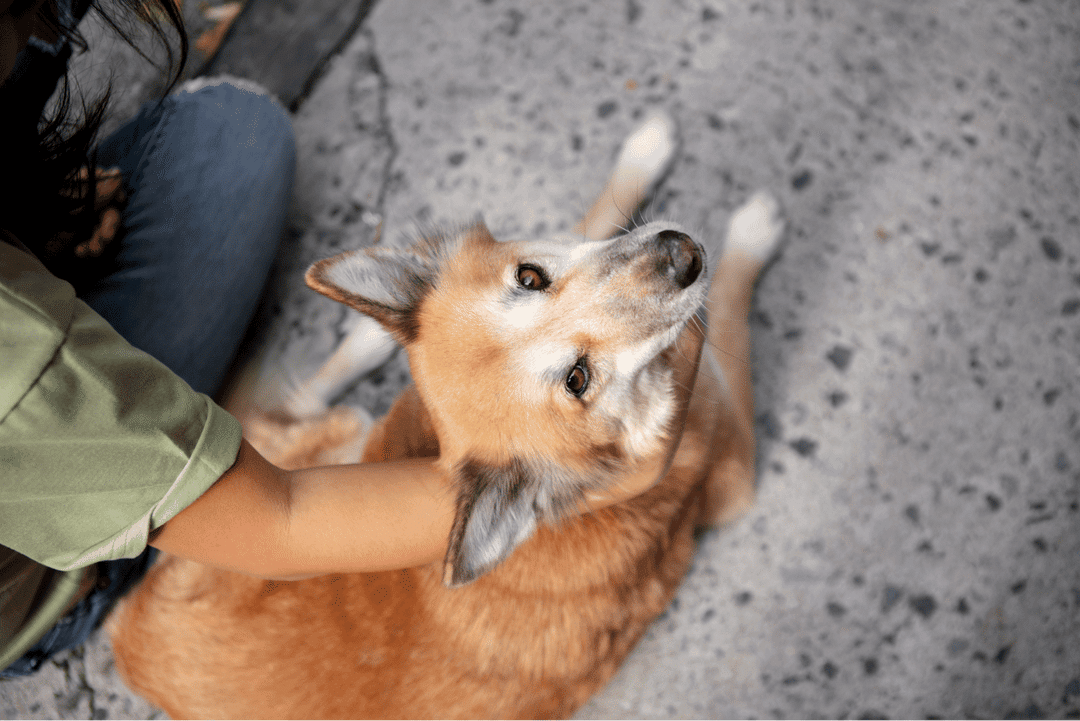
Training
Positive Reinforcement vs. Punishment: Why Rewards Work Best
• 5 min read
Dog training is a fundamental aspect of responsible pet ownership, and choosing the right method can significantly impact your dog's behavior and your relationship with them. In this blog, we explore why reward-based training, also known as positive reinforcement, outshines punishment methods in fostering better behavior and a stronger bond with your dog.
Understanding Positive Reinforcement and Punishment
Definition of Positive Reinforcement
Positive reinforcement involves rewarding a dog immediately after they exhibit a desired behavior, increasing the likelihood that the behavior will be repeated. Rewards can include treats, verbal praise, petting, or playtime. This method focuses on encouraging good behavior rather than punishing bad behavior, making the training process enjoyable and effective for the dog.
Definition of Punishment in Dog Training
Punishment in dog training refers to introducing an unpleasant consequence immediately after an undesired behavior to decrease the likelihood of that behavior recurring. This can include physical corrections, loud noises, or withholding something the dog wants. While punishment may stop the behavior in the short term, it often leads to negative side effects and can harm the dog-owner relationship.
The Science Behind Positive Reinforcement
How Positive Reinforcement Works
Positive reinforcement leverages the principles of operant conditioning, a type of learning where behavior is controlled by consequences. When a dog receives a reward for performing a desired action, their brain releases dopamine, a neurotransmitter associated with pleasure and reward. This dopamine release reinforces the behavior, making the dog more likely to repeat it.
The Role of Dopamine in Learning
Dopamine plays a crucial role in motivation and learning. When a dog experiences the pleasure associated with a reward, their brain forms a positive association with the behavior that led to the reward. Over time, this positive association strengthens, leading to consistent and reliable behavior.
Building Positive Associations
Positive reinforcement helps build strong positive associations between the dog, the behavior, and the training process. This method creates a supportive and encouraging environment where the dog feels safe and motivated to learn.
The Downsides of Punishment-Based Training
Negative Impacts on Dog Behavior
Punishment-based training can have several adverse effects on a dog's behavior and emotional well-being.
Fear and Anxiety
Punishment can induce fear and anxiety in dogs, making them wary of their owners and the training process. This fear can lead to avoidance behaviors, where the dog tries to escape or avoid situations that might result in punishment.
Potential for Aggression
Dogs subjected to punishment may develop aggressive behaviors as a defensive response. This aggression can be directed towards the owner, other people, or other animals, creating a dangerous situation.
Ineffectiveness of Punishment
While punishment may suppress unwanted behaviors temporarily, it does not address the underlying causes or teach alternative, desirable behaviors.
Short-term Compliance vs. Long-term Learning
Punishment often results in short-term compliance rather than long-term learning. The dog may stop the unwanted behavior to avoid the punishment but will not necessarily understand what behavior is expected instead.
Risk of Miscommunication
Punishment can lead to miscommunication between the owner and the dog. The dog may not understand why they are being punished, leading to confusion and further behavioral issues.

Benefits of Positive Reinforcement
Promotes Trust and Bonding
Positive reinforcement fosters a trusting and respectful relationship between the dog and the owner.
Strengthening the Human-Dog Relationship
Reward-based training creates a positive and cooperative dynamic, enhancing the bond between you and your dog. Your dog learns to see you as a source of rewards and good things, which strengthens your relationship.
Encourages Willingness to Learn
Dogs trained with positive reinforcement are typically more eager to learn and engage in training sessions.
Increased Engagement and Enthusiasm
Positive reinforcement makes training sessions enjoyable, increasing your dog's enthusiasm and engagement. Dogs become active participants in their learning process, which accelerates progress and retention.
Long-lasting Behavioral Improvements
Positive reinforcement leads to sustained behavioral changes that are more reliable over time.
Sustained Positive Behavior Changes
Because positive reinforcement builds on the dog's natural motivations and desires, the behavioral changes it promotes are more likely to be long-lasting. Dogs are more likely to maintain good behavior because it is consistently rewarded.
Practical Techniques for Positive Reinforcement
Using Treats and Rewards
Treats and rewards are fundamental tools in positive reinforcement training.
Effective Reward Timing
The timing of the reward is crucial. The reward should be given immediately after the desired behavior to ensure the dog makes the correct association. For example, if you are teaching your dog to sit, reward them the moment their bottom touches the ground.
Incorporating Praise and Affection
In addition to treats, verbal praise and physical affection are powerful reinforcers.
Verbal and Physical Praise
Use a happy, encouraging tone when giving verbal praise, and accompany it with petting or a gentle pat. Dogs respond well to positive attention from their owners, which can be as motivating as treats for many dogs.
Clicker Training Basics
Clicker training is a popular positive reinforcement technique that uses a clicker to mark the exact moment a desired behavior occurs, followed by a reward.
Steps to Start Clicker Training
1️⃣ Introduce the Clicker: Start by clicking the device and immediately giving your dog a treat. Repeat this until your dog associates the click with a reward.
2️⃣ Mark the Behavior: Use the clicker to mark the precise moment your dog performs the desired behavior, then give a treat.
3️⃣ Practice Regularly: Consistent practice helps your dog understand the connection between the click, the behavior, and the reward.
Common Misconceptions About Positive Reinforcement
Myth-Busting: Rewards vs. Bribes
A common misconception is that using treats and rewards is the same as bribing your dog. In reality, rewards are given after the desired behavior, while bribes are offered before. Rewards reinforce good behavior, whereas bribes can encourage bad behavior if used incorrectly.
Understanding the Difference
Rewards are part of a structured training process designed to reinforce desired behaviors. Bribes are typically used reactively to manage unwanted behaviors temporarily. Understanding this difference helps ensure that rewards are used effectively in training.
Addressing Concerns About Dependency on Treats
Another concern is that dogs might become dependent on treats to perform behaviors.
Fading Treats Over Time
To prevent dependency, gradually reduce the frequency of treats as your dog masters a behavior. Replace treats with other rewards, such as praise or play, to maintain motivation. Eventually, your dog will perform the behavior reliably without expecting a treat every time.

Conclusion
Positive reinforcement training offers a humane, effective, and enjoyable way to train your dog. By focusing on rewarding desired behaviors and building positive associations, you can foster a strong bond with your dog and encourage long-lasting behavioral improvements. Avoid the pitfalls of punishment-based training and embrace the benefits of reward-based methods for a happier, healthier relationship with your canine companion.
MMDC Team
Healthy Pet, Happy Pawrents 💛